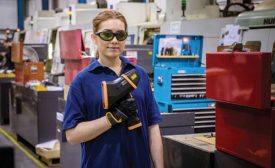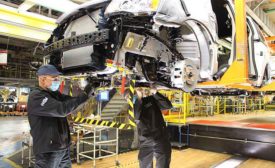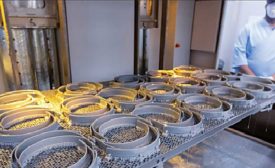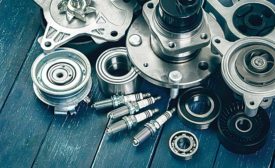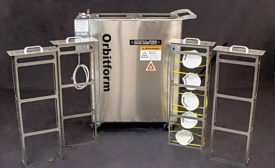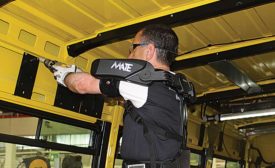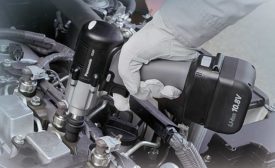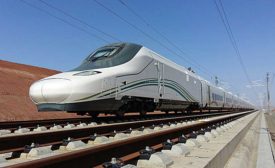Industries
Analyzers Aid Automotive Lightweighting Efforts
The adoption of advanced materials is creating challenges for materials analysis and quality control across the automotive supply chain.
July 16, 2020
Health and Safety in Post-Pandemic Manufacturing
A comprehensive approach will ensure safety and productivity.
July 15, 2020
Exoskeletons Aid Assemblers at Truck Plant
Workers at IVECO’s assembly plant in Brescia, Italy, get mechanical help on the line.
June 12, 2020
What’s New With Cordless Tools
Today’s industrial-grade cordless tools combine higher torque and greater accuracy with advanced data-gathering capabilities
June 10, 2020
High-Speed Rail Demands Light Railcars
Carbon-fiber composite is on track for big growth in the rail sector
June 9, 2020
Never miss the latest news and trends driving the manufacturing industry
Stay in the know on the latest assembly trends.
JOIN TODAY!Copyright ©2024. All Rights Reserved BNP Media.
Design, CMS, Hosting & Web Development :: ePublishing


